Truong Bon relics mark the savage crimes of the enemy and the glorious feats of arms of the combined strength of our army and people, of the brave, resourceful and courageous youth volunteers "The heart can stop beating, but the road cannot be blocked" to maintain the traffic blood vessels to support the great front line. Truong Bon has gone down in history as an epic of iron determination "All for the beloved South", "For the independence, freedom and unification of the Fatherland", "For the noble international duty".
Located on the fire line of Zone IV, the strategic route 15A, nearly 200km long, continues from National Highway 1A - bordering Thanh Hoa province, passing through the districts: Quynh Luu, Nghia Dan, Tan Ky, Do Luong to Nam Dan district: One turn to Linh Cam ferry to Dong Loc junction; one turn to Vinh city, through Ben Thuy ferry, going to Ha Tinh . This is an important traffic artery to transport human resources and material resources to support the southern battlefield when US aircraft bombed, destroyed, blocked the railway, river, sea routes and National Highway 1A passing through Nghe An. On this strategic route, Truong Bon is a particularly important traffic junction.
Truong Bon key point is 5 km long, located on Highway 15A or also known as Highway 30. During the resistance war against the US, it had a particularly important strategic position, being the only place connecting the traffic arteries: Km 0 of Ho Chi Minh Road, Highway 1A, Highway 7, Highway 46 to support human resources and material resources from the large rear of the North to the front line of the South. The road through Truong Bon has a very complex terrain, muddy, narrow and steep, having to go through a series of mountains and hills linked together with deep valleys. From Om bridge to the beginning of Truong is U Bo slope, in the middle is Vuc Chong stream and the end of Truong is Ky Lon slope. 1968 was the most fierce year of the resistance war against the US, after the general offensive and uprising of the Mau Than Tet of our army and people. Suffering great defeats on the battlefields, the enemy changed their plan from unrestricted bombing to limited bombing, concentrating their air force and navy to fiercely attack 4 provinces in Zone IV (old). The enemy discovered that Truong Bon was the transportation chokepoint on the ground, so they spared no effort in destroying with bombs and bullets. Almost continuously, there were planes circling Do Luong sky, with 5,000 sorties of American planes taking off from Utapao and Co Rat military bases (Thailand) and Wusam Island (Philippines) to attack, with the peak day of the American air force bombing up to 131 times. All day and night, Truong Bon never stopped being bombed. To destroy the route and clear the Truong Bon area to detect targets, the enemy used many different methods of attack, sometimes they used reconnaissance planes to point out attacks in waves, sometimes they concentrated their forces to attack massively and persistently... During the day they concentrated on blocking the entrances and exits, at night they dropped flares, attacked our road rescue forces and transport convoys. Of the total 20 thousand bombs of all kinds, missiles and rockets that the enemy dropped on this area, most of them were dropped on the Truong Bon key point. The quantity and types of bombs and ammunition were also different, they used demolition bombs, napalm bombs, phosphorus bombs, luminescent bombs, they also dropped anti-personnel bombs, cluster bombs mixed with time-delayed bombs, magnetic bombs... killing Youth Volunteer Force, soldiers, militia and causing difficulties and complications for us in the work of protecting and repairing the route. Enemy bombs and bullets turned the once lush and green Truong Bon area into a desolate wasteland, thousands of hectares of forest were destroyed, 211 villages along Highway 15A were devastated; hundreds of cargo trucks and hundreds of artillery pieces of our army were hit by bombs and set on fire, more than 1,240 cadres, soldiers, militia, youth volunteers, and workers in the transport sector were killed, including 372 youth volunteers.
Faced with the enemy's crimes, to protect the important strategic position of Truong Bon, the Provincial Party Committee and the Provincial Administrative Committee of Nghe An focused on leading and directing the sectors and localities to mobilize forces to concentrate on Truong Bon to maintain the traffic artery. The combat forces included: Station 1 of the transport unit, Battalion 1 of the engineering force, D30 engineering troops of Military Region 4, Engineer Company 27; Missile Battalion 67 of the Missile Regiment 278, Missile Battalion 72 of the Regiment 236, Air Defense Regiment 222; 4 battalions of 37mm artillery, 12.7mm artillery of the militia and self-defense force, Regiment 224 and Regiment 232 of anti-aircraft artillery, Traffic Division 10, Do Luong Post Office Self-defense Force; The youth volunteer units: 303, 304, 307, 316, 317, 318, 327, 332, 340 and the local militia and people; observation teams, bomb counting, marker planting, mine clearance teams, road rescue units, communication networks, traffic control forces, and security and order maintenance in the Truong Bon area were formed. We shot down dozens of American planes, captured 01 pilot; cleared thousands of time-exploding bombs of all kinds. The army and people contributed 2 million working days, dug and built millions of cubic meters of earth and rock, brought 94,000 motor vehicles safely through Truong, transported and cleared more than 1 million tons of goods; dug and built dozens of kilometers of road to the pontoon bridge, dug hundreds of A-shaped tunnels, thousands of meters of traffic trenches; provided tens of thousands of casuarina trees, bamboo stakes and other types of wood to prevent mud, and build bridges for vehicles to cross; mobilized 4,500 bicycles, 4,500 three-wheeled vehicles, buffalo carts, and 900 wheelbarrows.
In this fierce war, all forces fought steadfastly, intelligently, and bravely. Truong Bon became the pinnacle of the people's war, the combined strength of many forces directly participating in combat and serving combat, in which the Youth Volunteers were the main force, with the iron determination of "Living on the bridge and road, dying steadfastly and bravely" portrayed the wonderful image of the Youth Volunteers force, contributing significantly to protecting the vital road to the great front line.


![[Photo] Lam Dong: Images of damage after a suspected lake burst in Tuy Phong](https://vphoto.vietnam.vn/thumb/1200x675/vietnam/resource/IMAGE/2025/11/02/1762078736805_8e7f5424f473782d2162-5118-jpg.webp)
![[Photo] President Luong Cuong receives US Secretary of War Pete Hegseth](https://vphoto.vietnam.vn/thumb/1200x675/vietnam/resource/IMAGE/2025/11/02/1762089839868_ndo_br_1-jpg.webp)





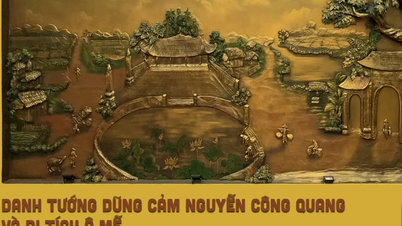
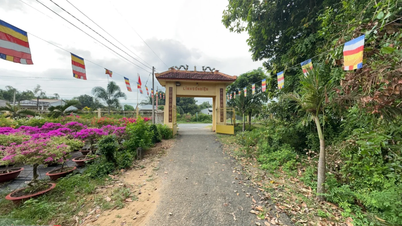



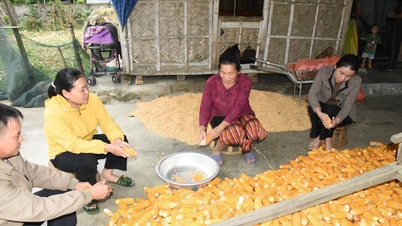




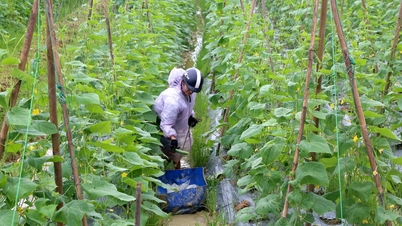




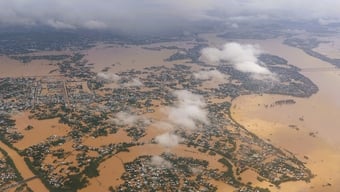
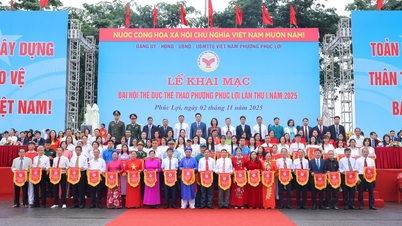
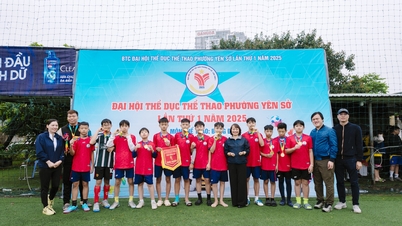
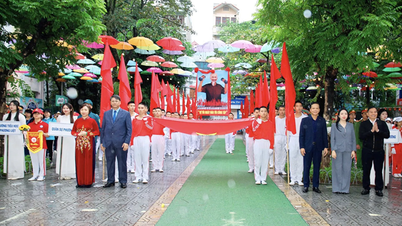
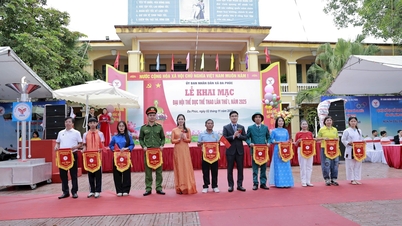
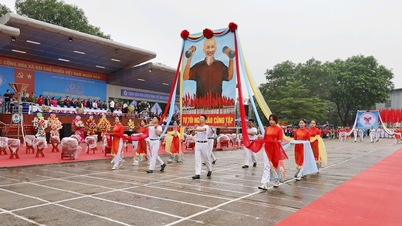
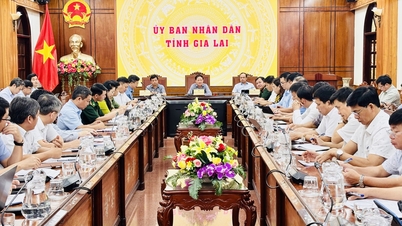

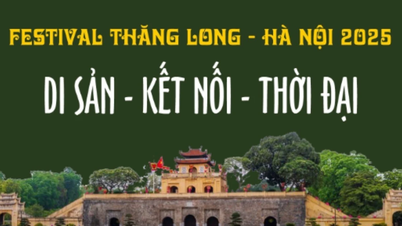

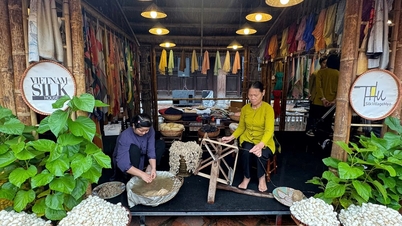

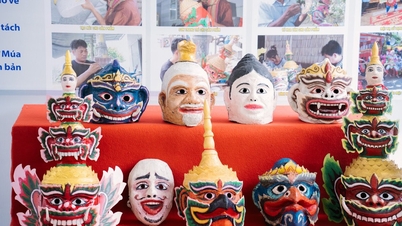

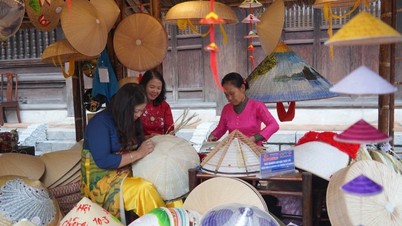



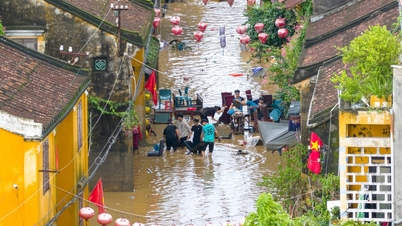



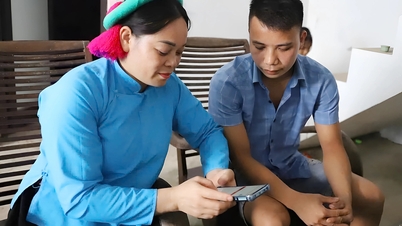




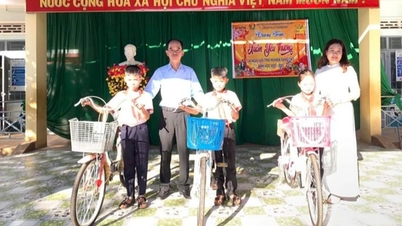


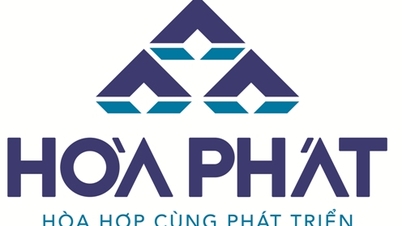
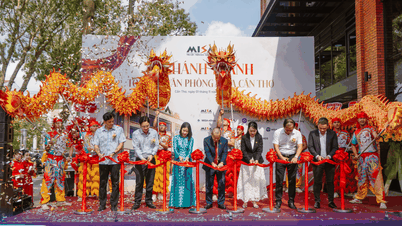

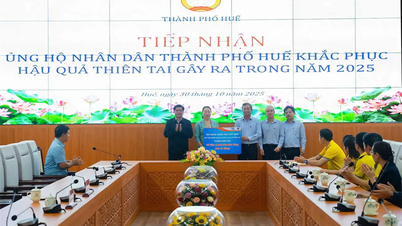

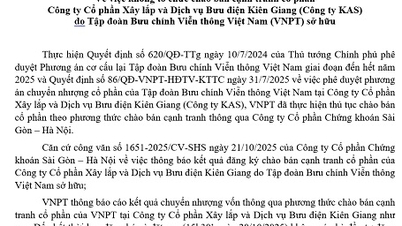

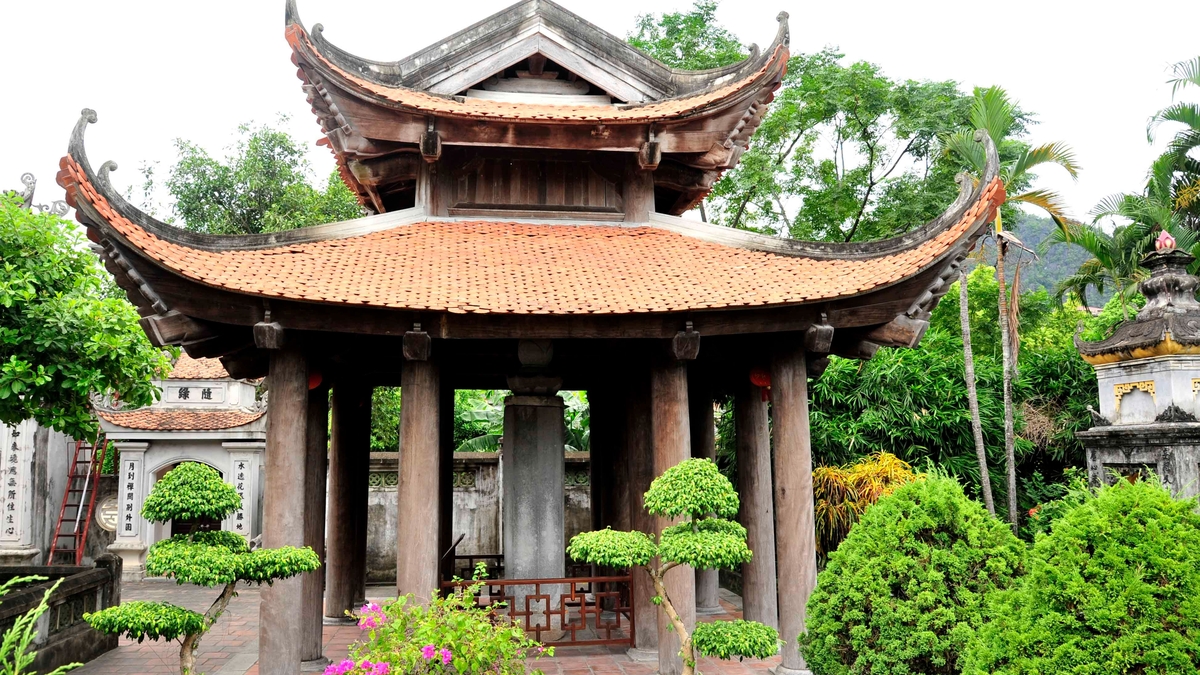
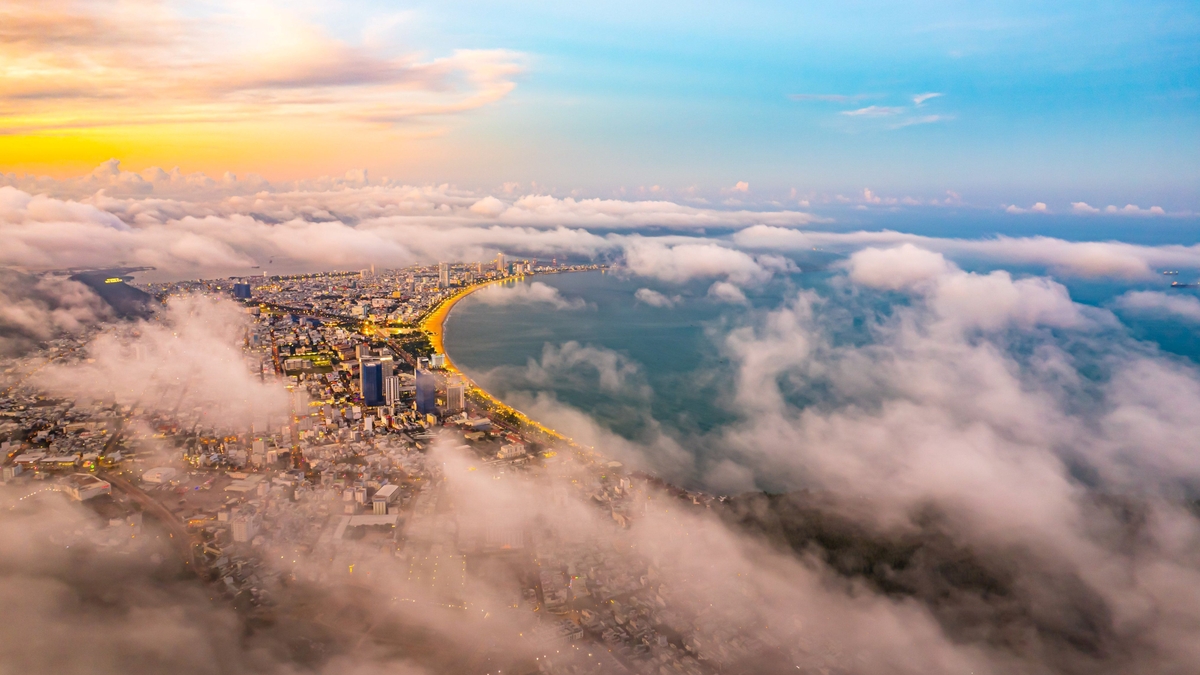
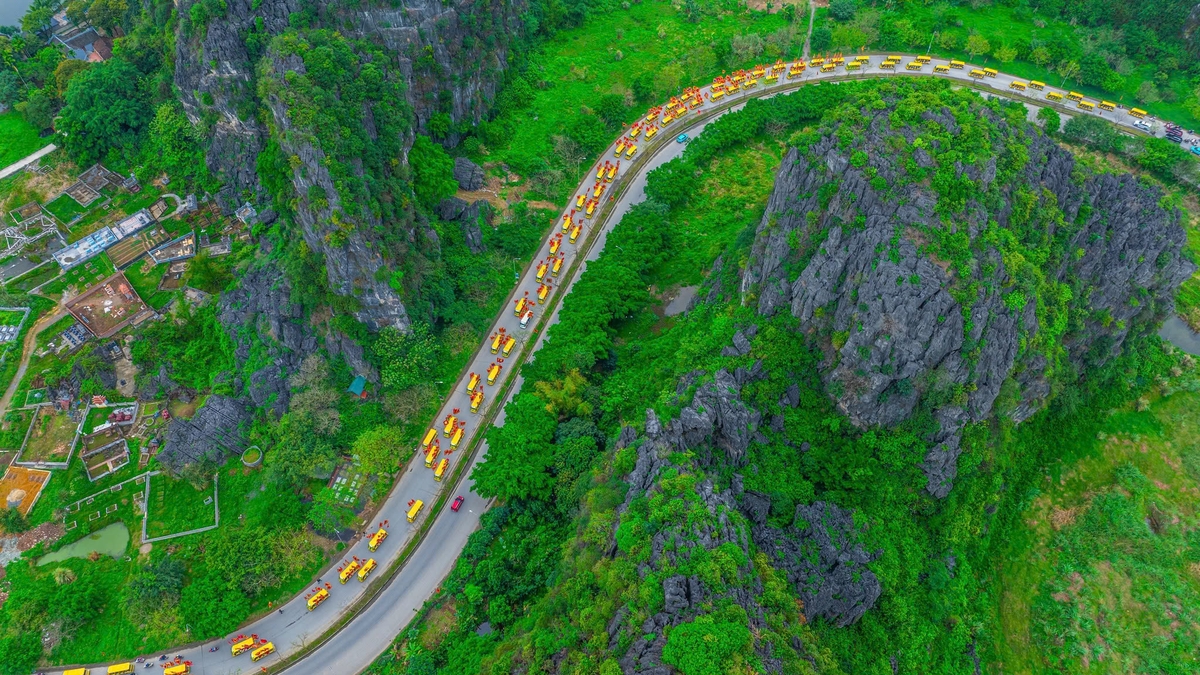
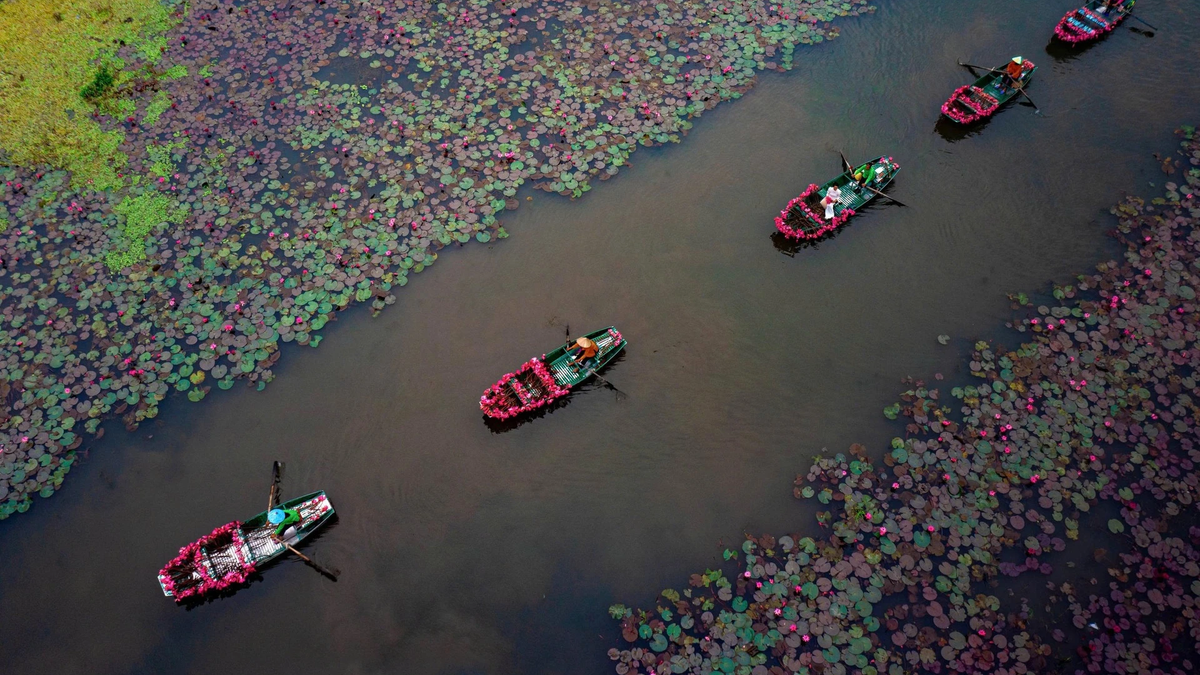



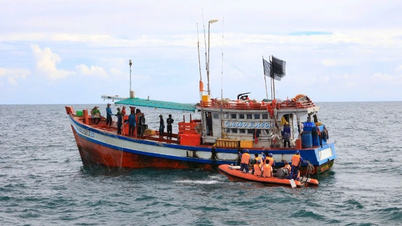
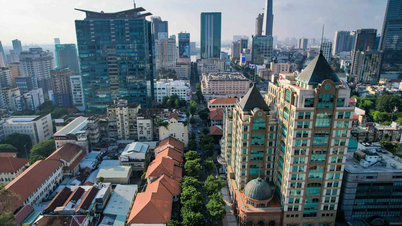


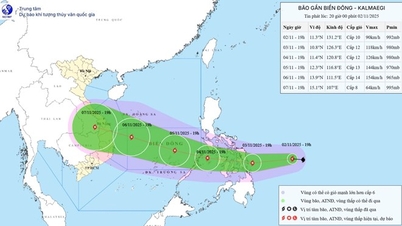















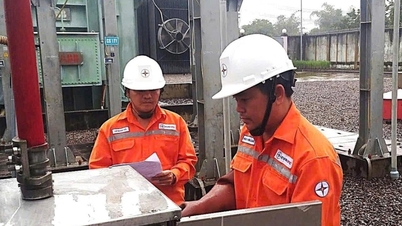

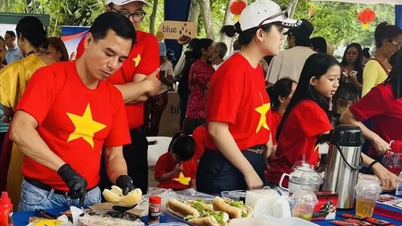

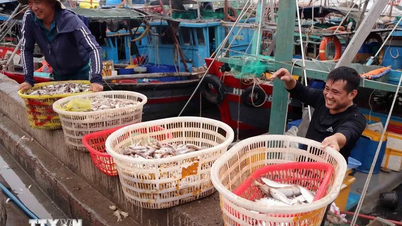


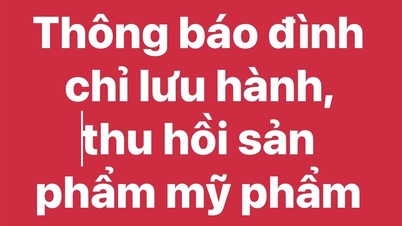



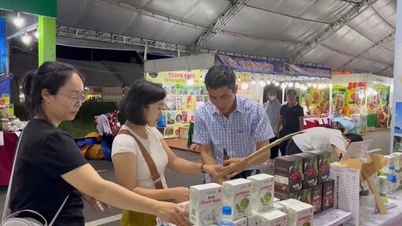

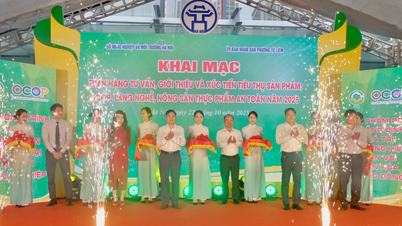

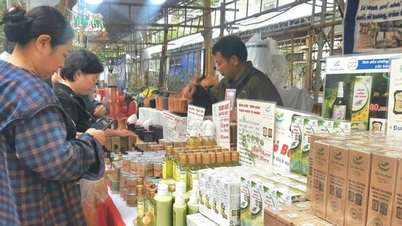

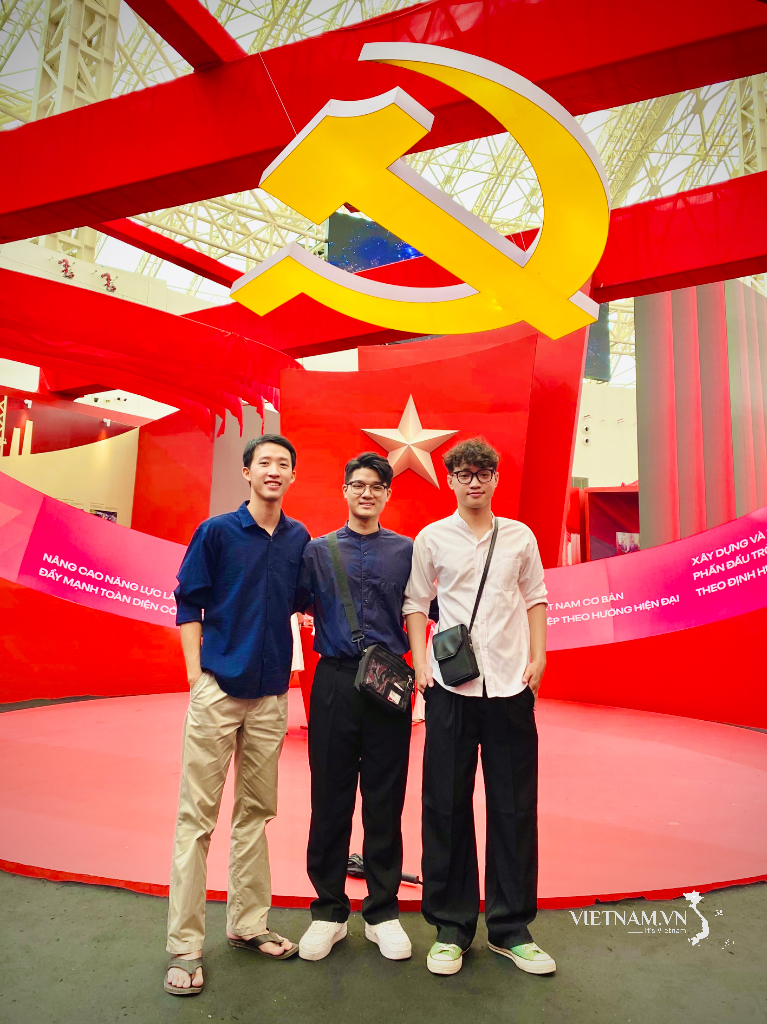
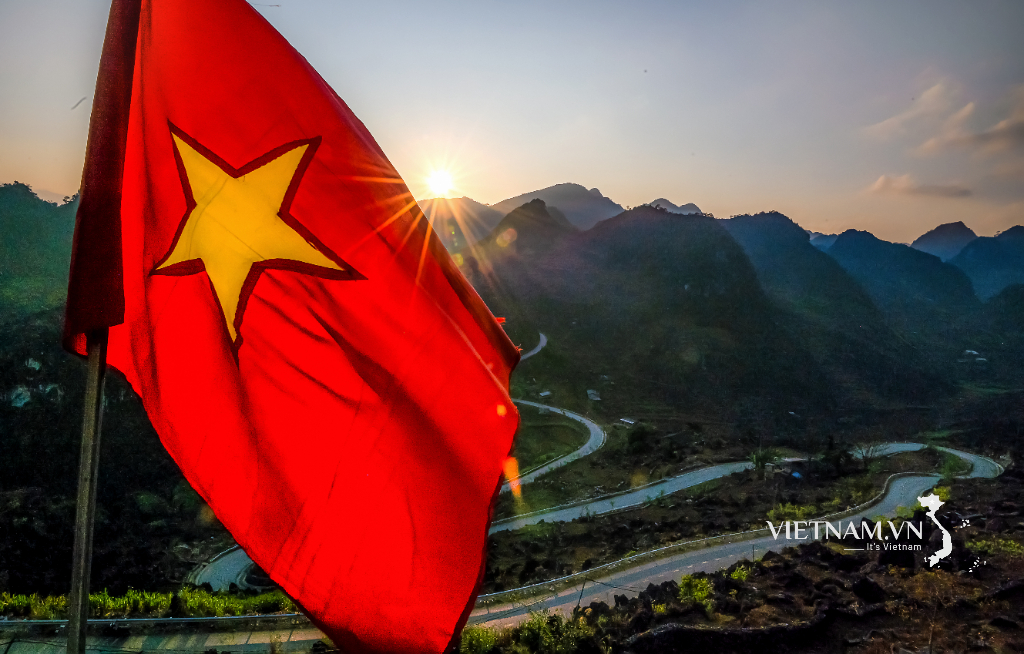
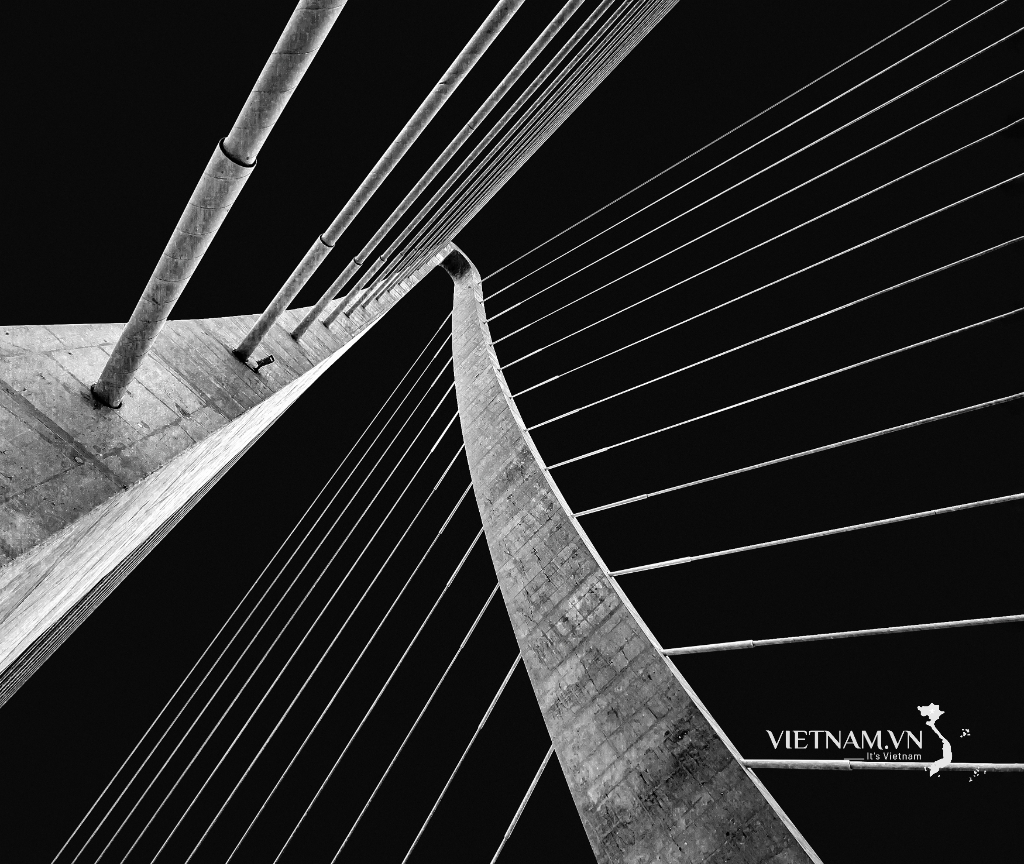

Comment (0)